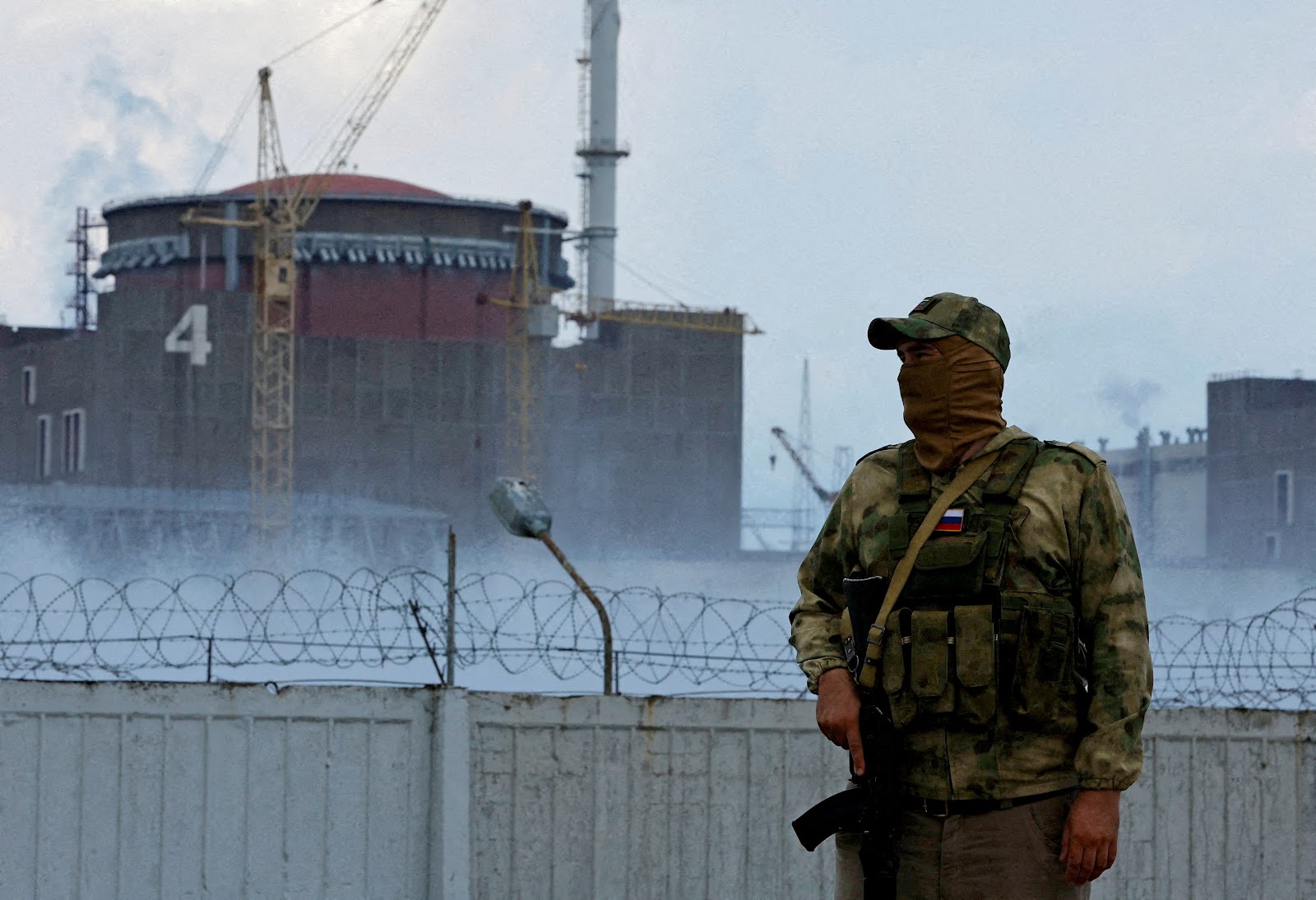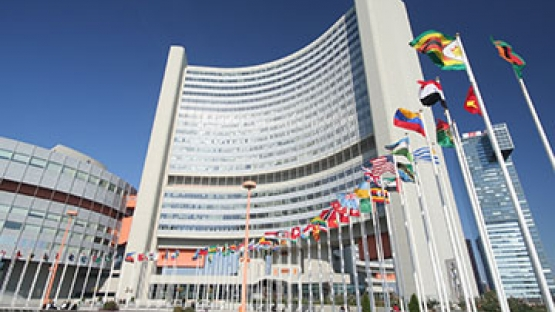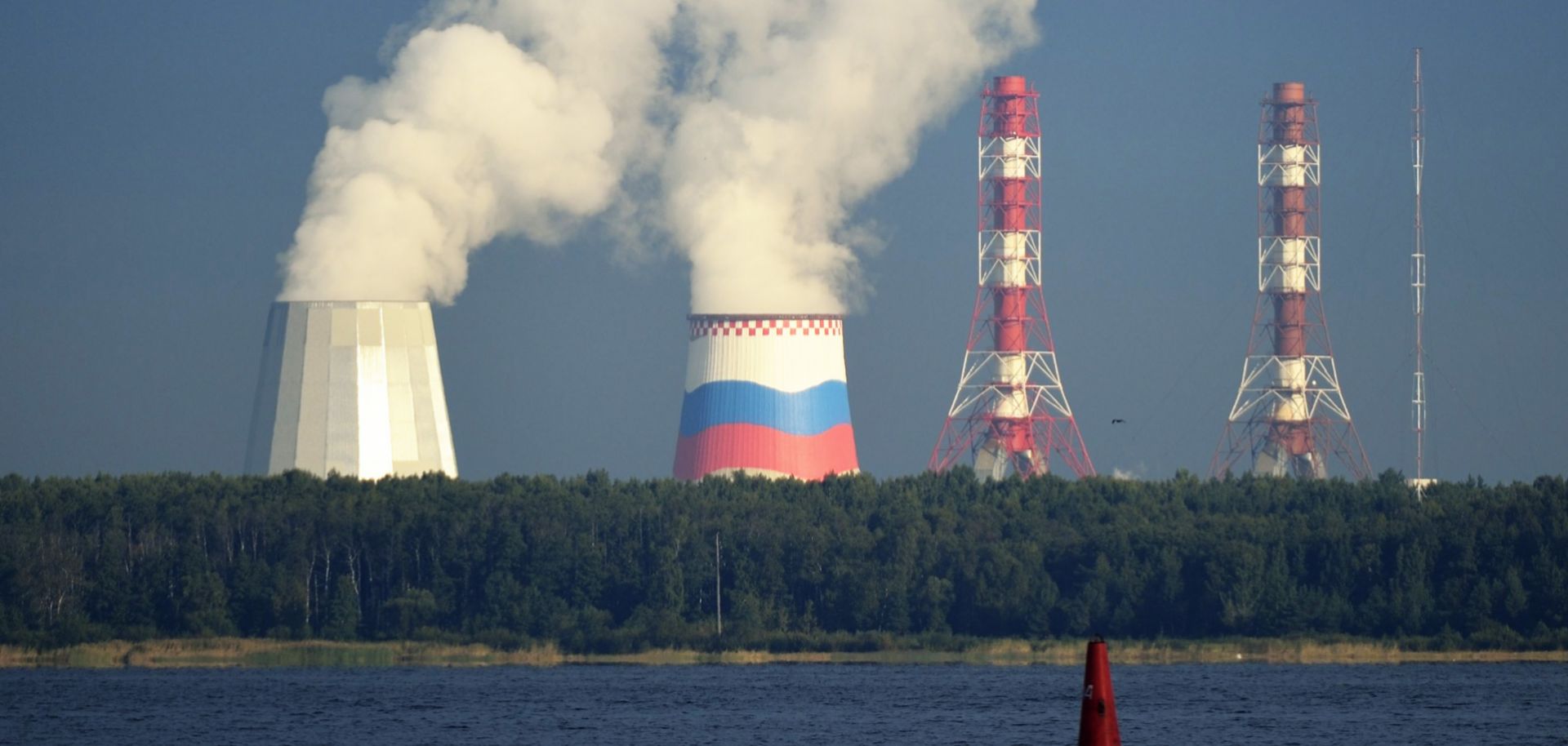
Source: Reuters
IAEA expressed concerns over the Russian occupation of Zaporizhzhia nuclear power plant. The director-general of Ukraine’s Russian-occupied Zaporizhzhia nuclear power facility was demanded to be released by the head of the U.N. nuclear watchdog, who said that his incarceration endangered safety and security.
Ihor Murashov was apprehended by a Russian patrol on Friday, according to the state-owned company in charge of the plant, which announced the incident on Saturday. The International Atomic Energy Agency said Russia had confirmed the action.
IAEA Director General Rafael Grossi expressed the hope that Mr. Murashov would be able to resume his significant responsibilities at the plant and return safely to his family, the organisation tweeted late on Saturday.
His brief detention, which the IAEA claimed had a “very substantial impact” on him and nuclear safety and security requirements, has been the subject of discussions with the appropriate authorities.

Source: Reuters
According to the watchdog, Grossi will hold discussions about establishing a protection zone around the Zaporizhzhia plant in Moscow and Kyiv the following week.
Grossi told the Ukrainian Foreign Minister Dmytro Kuleba over the phone that the IAEA will make “every effort to achieve the release of the ZNPP director abducted by Russia,” Kuleba said on Sunday.
Additionally, Kuleba stated that Ukraine was prepared to support the IAEA specialists’ rotation at the Zaporizhzhia station. Since the beginning of September, a number of IAEA experts have been onsite at the power plant.
On Twitter, Kuleba stated that he underlined that Russia must withdraw troops and military hardware from the station.
The IAEA is an independent international organization with a connection agreement with the UN that promotes safe, secure, and peaceful nuclear technologies. At the height of the Cold War between the United States and the Soviet Union, it was established on July 29, 1957, following the approval of the IAEA legislation by 81 nations in late 1956.
The IAEA promotes the safe, secure, and pacific use of nuclear energy in collaboration with its 164 Member States and other partners across the world. The IAEA supports its Member States and fosters the sharing of technical and scientific knowledge by means of technical cooperation programmes.

Source: iaea.org
Click here to watch the video:














